Fuel-Efficient Cookstoves
This report was last updated in November 2020. It may no longer be accurate, both with respect to the evidence it presents and our assessment of the evidence. We may revise this report in the future, depending on our research capacity and research priorities. Questions and comments are welcome.
Adoption of fuel-efficient cookstoves can decrease household fuel use and therefore carbon emissions. There are a wide variety of cookstove offsets on the market, using different technologies in different contexts. Although the methodology used to certify these projects ensures that they make a reasonable case for offsetting emissions, it also requires strong assumptions around stove use and changes in cooking behavior. The impact evaluation literature shows highly mixed results. Some randomized control trials (RCTs) show cookstoves having strong effects on fuel usage while others show null effects.
We do not feel comfortable recommending cookstove offsets in general, as the RCT literature shows that the required assumptions are frequently not satisfied. We would recommend offset projects similar to those that have shown strong results in a rigorous evaluation, such as the recent work by Berkouwer and Dean. Given this RCT, we recommend offsets generated by the the manufacturer of the cookstoves studied in that paper, BURN.
Cookstoves as a Carbon Offset
In theory, clean cookstoves appear to be a good way for donors to achieve emissions reductions while also improving the lives of poor households. Many poor households in the developing world cook over an open fire, which is not energy efficient and results in household smoke. Myriad cookstove technologies promise improved fuel efficiency. This leads to fewer CO2 emissions, as well as improved indoor air quality and savings on fuel costs. Revenue from offsets can be used to subsidize cookstove distribution or even to give them away for free.
However, clean cookstove projects have a mixed record of success. Many have used technologies that were not well-suited to local conditions, leading to stove malfunctions and limited usage. Whether a cookstove project is truly offsetting emissions depends on the details of the specific project.
Mechanism
Use of fuel-efficient cookstoves is considered emissions avoidance. The greater emissions from the use of a less efficient method, such as an open fire, are avoided, and the offset can be credited with the difference in emissions between the two methods.
Causality
Efficient cookstoves result in decreased emissions by decreasing the amount of fuel (generally wood) a household uses for cooking. This causal mechanism is theoretically valid, but in practice, even the introduction of stoves that are mechanically superior will not result in reductions in fuel usage, due to variations in human behavior. Certifiers such as the Gold Standard use a specific methodology to calculate emissions reductions from cookstove projects. We base our assessment off of the Gold Standard methodology, but to the best of our understanding, the methodology of the other certifiers is roughly similar. Their calculation relies on a standard model which takes into account the baseline value of fuel usage, the efficiency of the stove, and pre-determined conversion factors of wood to emissions to calculate emissions reductions. It also includes corrections for some human behavior elements, such as the fraction of households who continue to use the less efficient stoves and the fraction of cooking that continues to be conducted on the old stoves.
Key model parameters, such as whether households are still using the more efficient stoves, need to be continually verified by a third party in order for carbon credits to be issued.
Overall, we have three main concerns with cookstove certification methods:
- There is no actual measurement of fuel usage. While this is understandably difficult to measure, it would provide an indication of the magnitude of avoided CO2. Without this data, we have to rely on strong assumptions about usage of the stove and its efficiency in real-world conditions. Additionally, the offset certifiers assume that energy demand stays constant, even though the stove drastically decreases the price of cooking by reducing fuel needed.
- There is no comparison group. Offset certifiers estimate a reduction of fuel usage compared to the households’ fuel use prior to cookstove distribution. Thus, we must make the strong assumption that the level of wood consumption would have stayed constant in absence of the cookstoves. This may not be true if cooking practices are changing over time for other reasons, such as decreasing availability of foraged wood.
- Verification data is collected by recipients of offset funds. Verification surveys in the field are contracted by the project developers. They have a strong incentive to show that stoves are being used.
Given that certification methodologies rely on a number of questionable assumptions, we next ask whether these are validated in the academic literature. Fortunately, a number of high-quality RCTs on improved cooking technology have been conducted in a number of contexts. RCTs are the gold standard in determining causality. If these studies generally find that stove usage remains high and wood usage decreases, they make a strong case for cookstoves meaningfully reducing emissions.
Unfortunately, the results of these studies are mixed. Certainly, some show positive results. For instance, Bensch and Peters (2015) conduct an RCT of improved cookstoves in Senegal and indeed find large decreases in firewood usage. But they also find that 27% of meals are still cooked on traditional stoves in the treatment group a year after distribution, which is higher than the assumptions we see in many offset projects. Berkouwer and Dean (2019) find that improved cookstoves in Kenya lead to reductions in fuel expenditure by 40%, close to the manufacturer’s claims of 50% reduction, and that these effects persist for 18 months after the cookstoves’ adoption. On the other hand, Hanna et al (2016) find no change in greenhouse gas (GHG) emissions from a cookstove project in India, primarily due to dis-adoption of the stoves. Aung et al (2013) find no change in fuel usage for a cookstove project that received emissions credits in India. Beltramo and Levine (2013) also find no effect of an improved cookstove on fuel usage in Senegal.
Due to the strong assumptions that must be made in the certification process and the mixed results in the RCT literature, we do not feel like we can confidently recommend cookstove offset projects unless causality has been validated with a high-quality impact evaluation.
Project-Level Additionality
There are many different types of cookstove projects, and the details of the implementing organization(s) are important in determining project-level additionality. Many cookstove projects sell their stoves, so offsets are not strictly necessary to ensure stove distribution. In these cases, the organization may have a valid business model without offsets, and therefore the offsets would not satisfy project-level additionality. In some markets, it might be necessary to sell the stoves at a subsidy, which would make offsets more additional. Also, some projects distribute stoves for free. These types of projects would not survive without offsets, and would have the strongest claim to project-level additionality.
Marginal additionality
In theory, a cookstove project should be able to satisfy marginal additionality. For projects that distribute stoves for free, an additional offset sold can provide funding to distribute an additional stove. For projects that sell stoves, offsets can be used to decrease prices, therefore increasing the total amount of cookstoves sold. As shown in Berkouwer and Dean (2019), the demand for cookstoves increases sharply as costs are lowered.
Permanence
If cookstoves avoid emissions from biomass burned as fuel, these gains could be short-lived if the biomass later burns down in a fire. However, in general, emissions avoided due to stoves being more fuel-efficient are avoided permanently.
Co-Benefits
Improved cookstoves can deliver benefits to their owners apart from lowered GHGs. Households with an efficient cookstove save time and money that would otherwise be spent gathering and purchasing fuel. Improved cookstoves result in less indoor smoke, improving the health of family members, especially of women and children.
Both economic and health benefits rely on the same mechanism as reduced GHG emissions: using less fuel. Therefore, if stoves are effective in reducing households’ use of fuels, they are likely to provide co-benefits.
Assessment of Cookstove Projects
Our main concern with cookstove offsets is that cookstove projects do not always result in lowered fuel usage by households. Therefore, the key input into our recommendations would be a clear indication that a particular offset project actually decreases household fuel usage in its real-world setting. We recommend BURN due to strong evidence of this real-world decrease in Berkouwer and Dean (2019). This study showed reductions in actual fuel use of a similar magnitude to reductions predicted by the efficiency of the stove, which is a key assumption made in the offset certification process that is rarely validated in the RCT literature. We would also feel confident recommending additional offset projects supported by a strong impact evaluation, or projects that are similar enough to BURN stoves such that we believe that the results in Berkouwer and Dean (2019) apply.
References
Aung, Ther W., et al. "Health and climate-relevant pollutant concentrations from a carbon-finance approved cookstove intervention in rural India." Environmental science & technology 50.13 (2016): 7228-7238.
Berkouwer, Susanna and Joshua Dean. “Credit and attention in the adoption of profitable energy efficient technologies in Kenya.” Mimeo, 2019
Beltramo, Theresa, and David I. Levine. "The effect of solar ovens on fuel use, emissions and health: results from a randomised controlled trial." Journal of Development Effectiveness 5.2 (2013): 178-207.
Bensch, Gunther, and Jörg Peters. "The intensive margin of technology adoption–Experimental evidence on improved cooking stoves in rural Senegal." Journal of health economics 42 (2015): 44-63.
Hanna, Rema, Esther Duflo, and Michael Greenstone. "Up in smoke: the influence of household behavior on the long-run impact of improved cooking stoves." American Economic Journal: Economic Policy 8.1 (2016): 80-114.
Support Our Work
Giving Green Fund
One fund. Global impact. One hundred percent of your gift supports a portfolio of high-impact climate organizations, vetted by our research.
Best for:
Donors who want the simplest way to impact multiple climate solutions.
Top Climate Nonprofits
Meet the organizations on Giving Green’s list of high-impact nonprofits working to decarbonize our future, identified through our rigorous research.
Best for:
Donors who want to give directly and independently.
Support Our Work
We thoroughly research climate initiatives so you can give with confidence. For every $1 we receive, our work unlocks another $21 for effective climate solutions.
Best for:
Donors who want to amplify their impact through research.

.png)
.png)
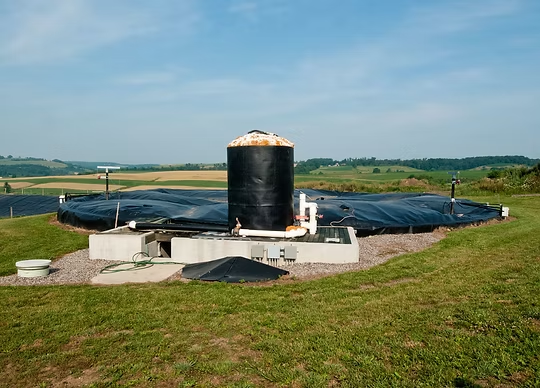


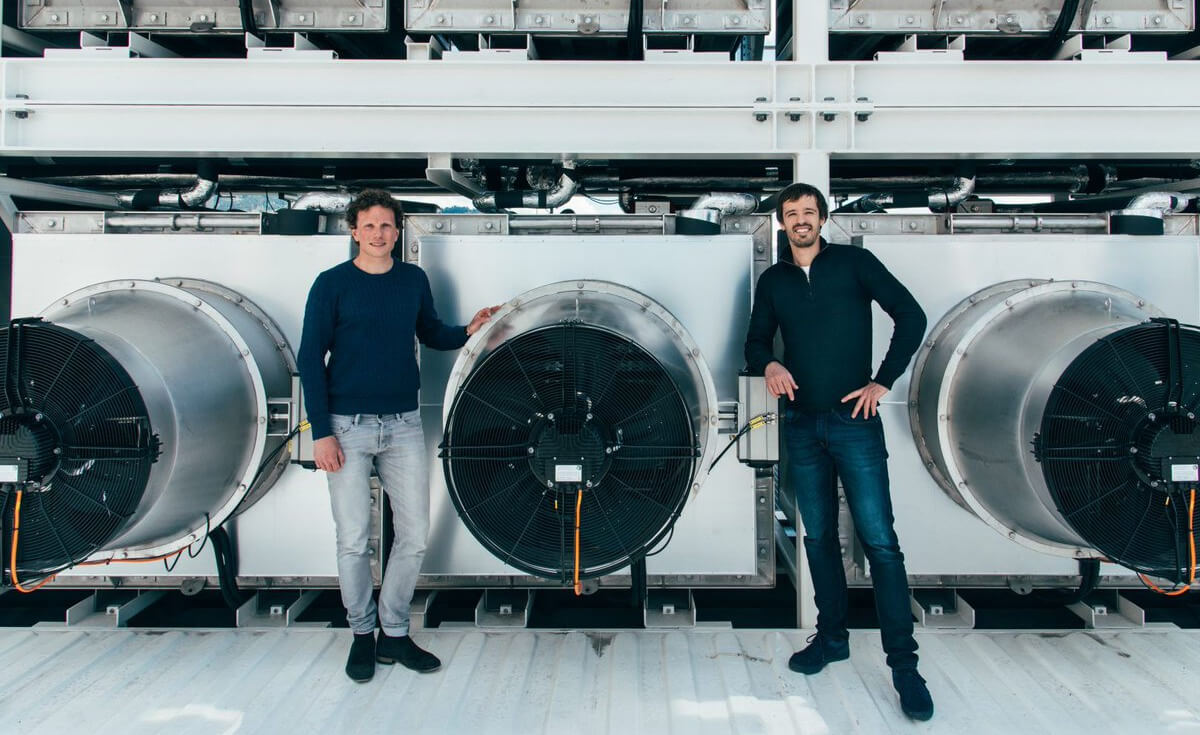



.png)

.png)



.png)




.png)
.png)
.png)
.png)

.png)
.png)
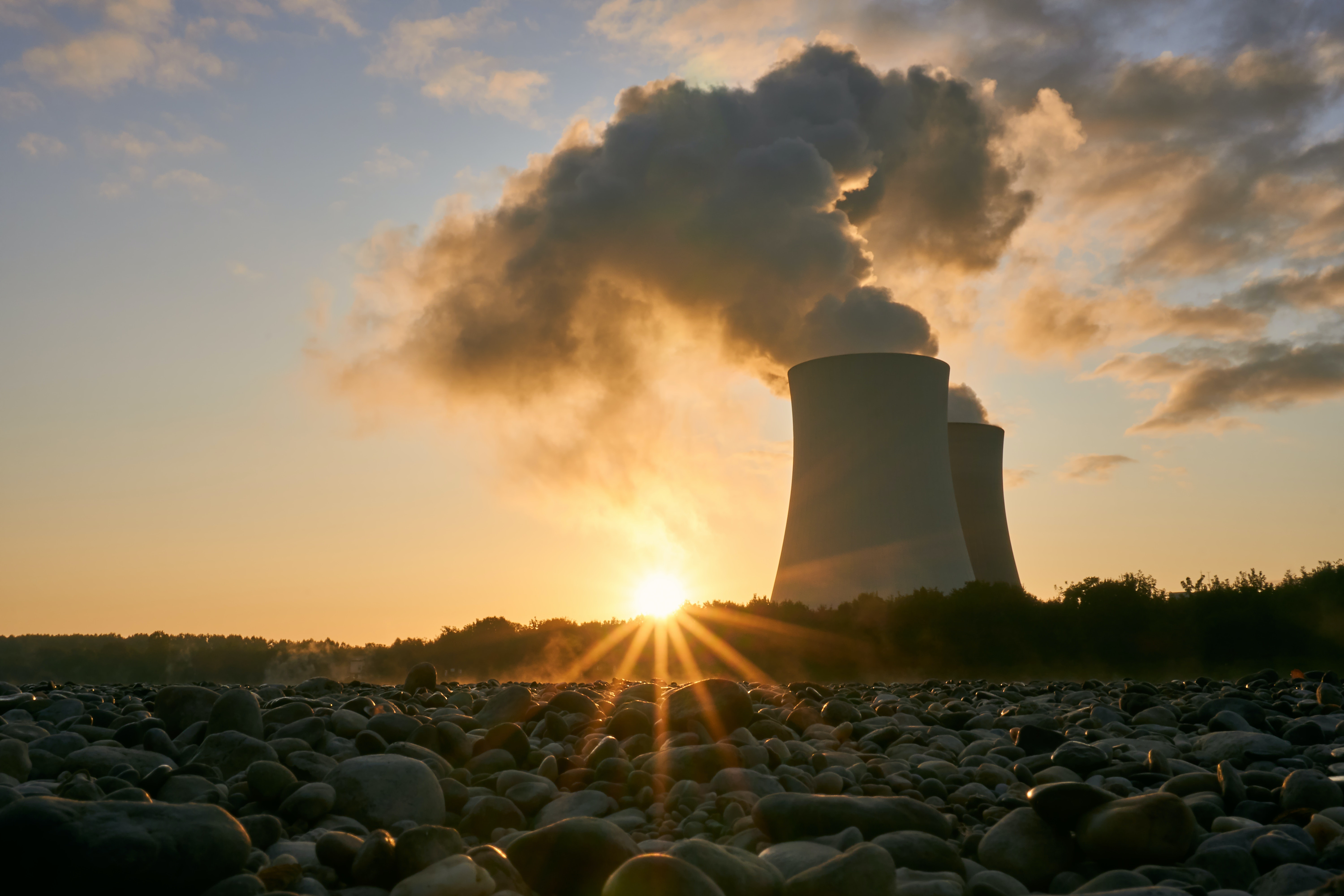




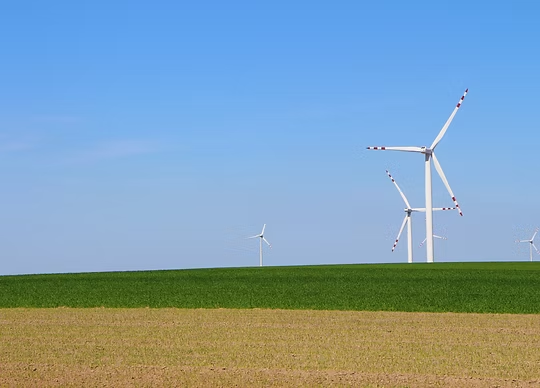
.png)



.png)





.png)


.png)

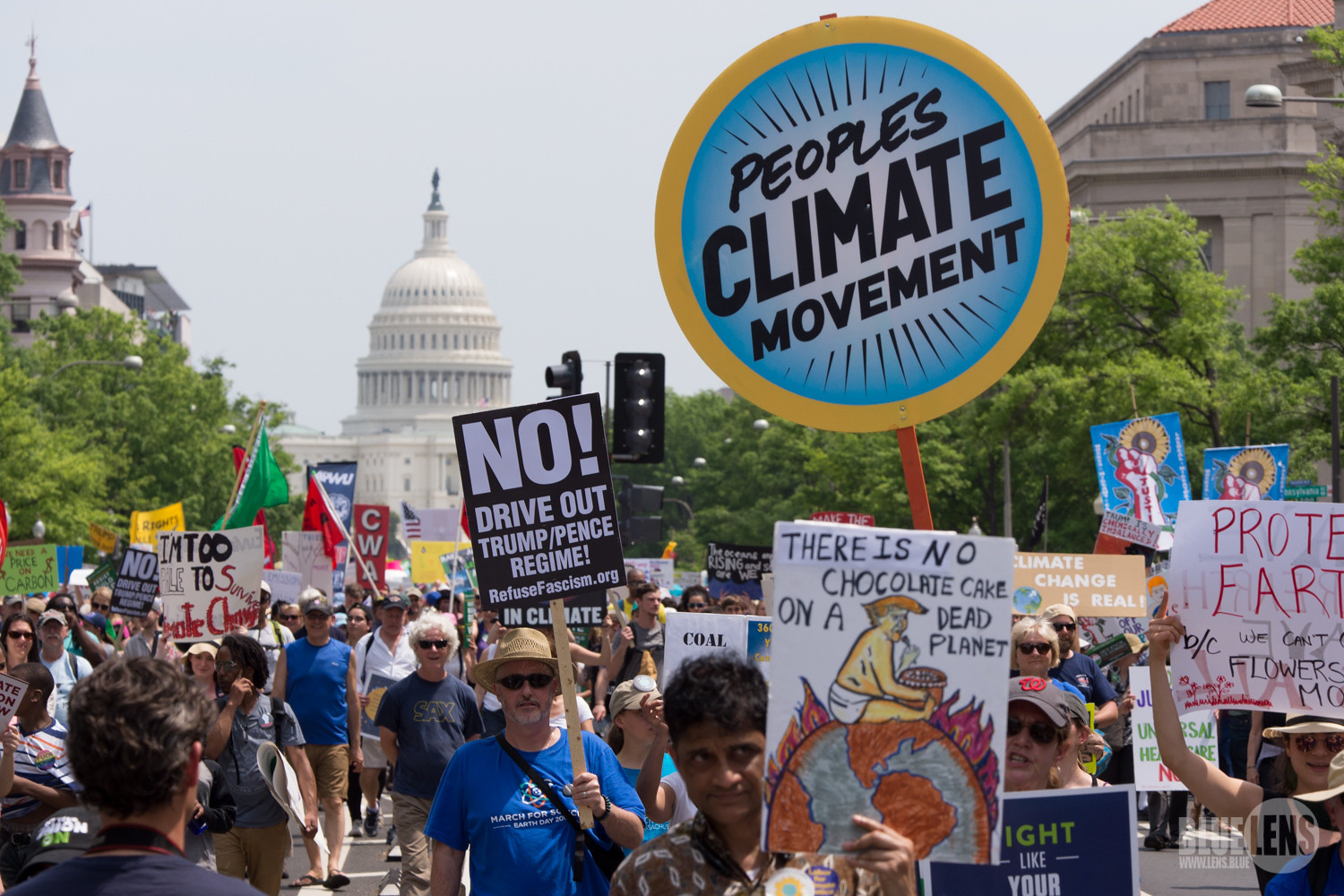


.jpg)
.png)

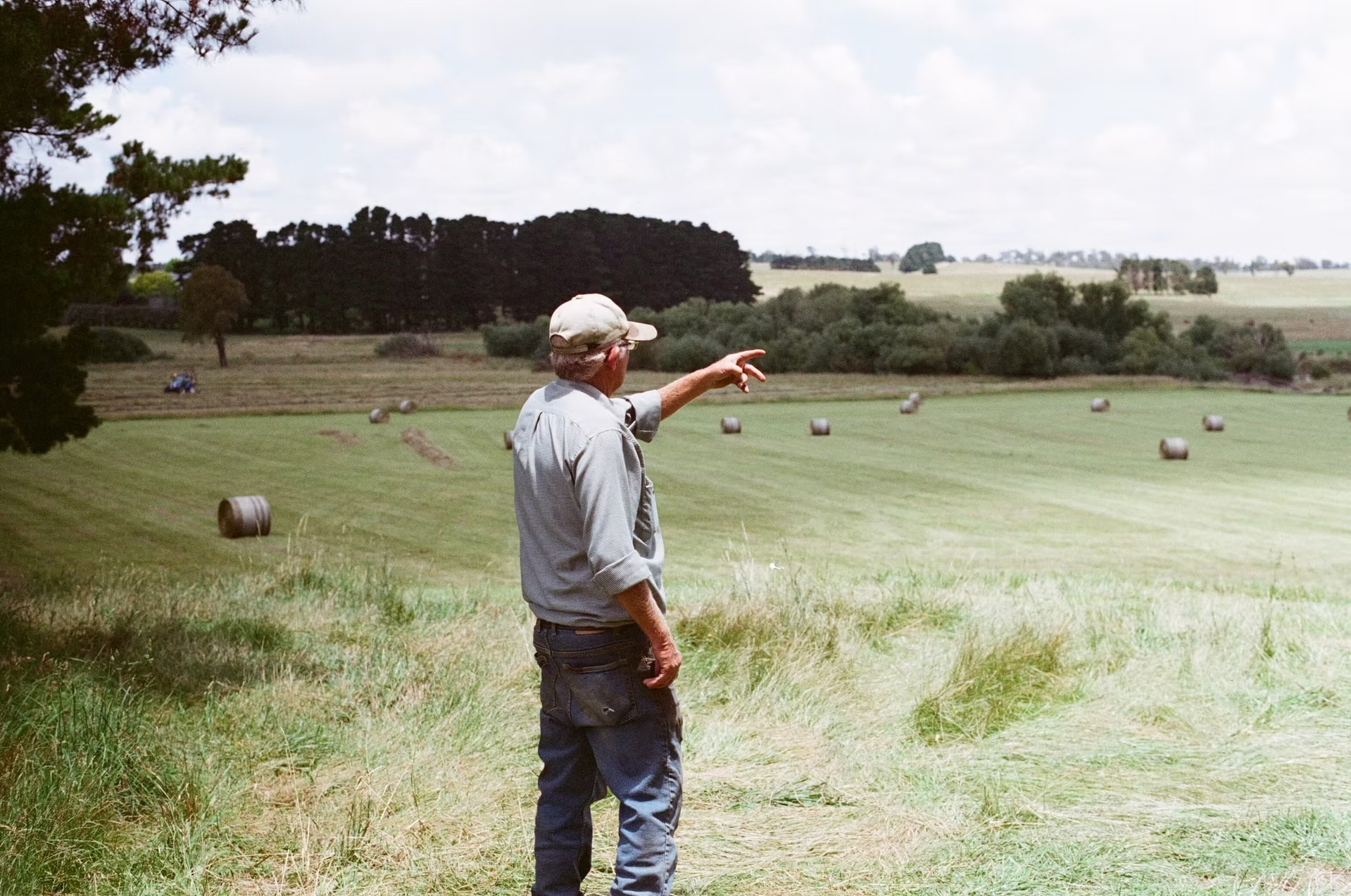
.png)
.png)
.png)
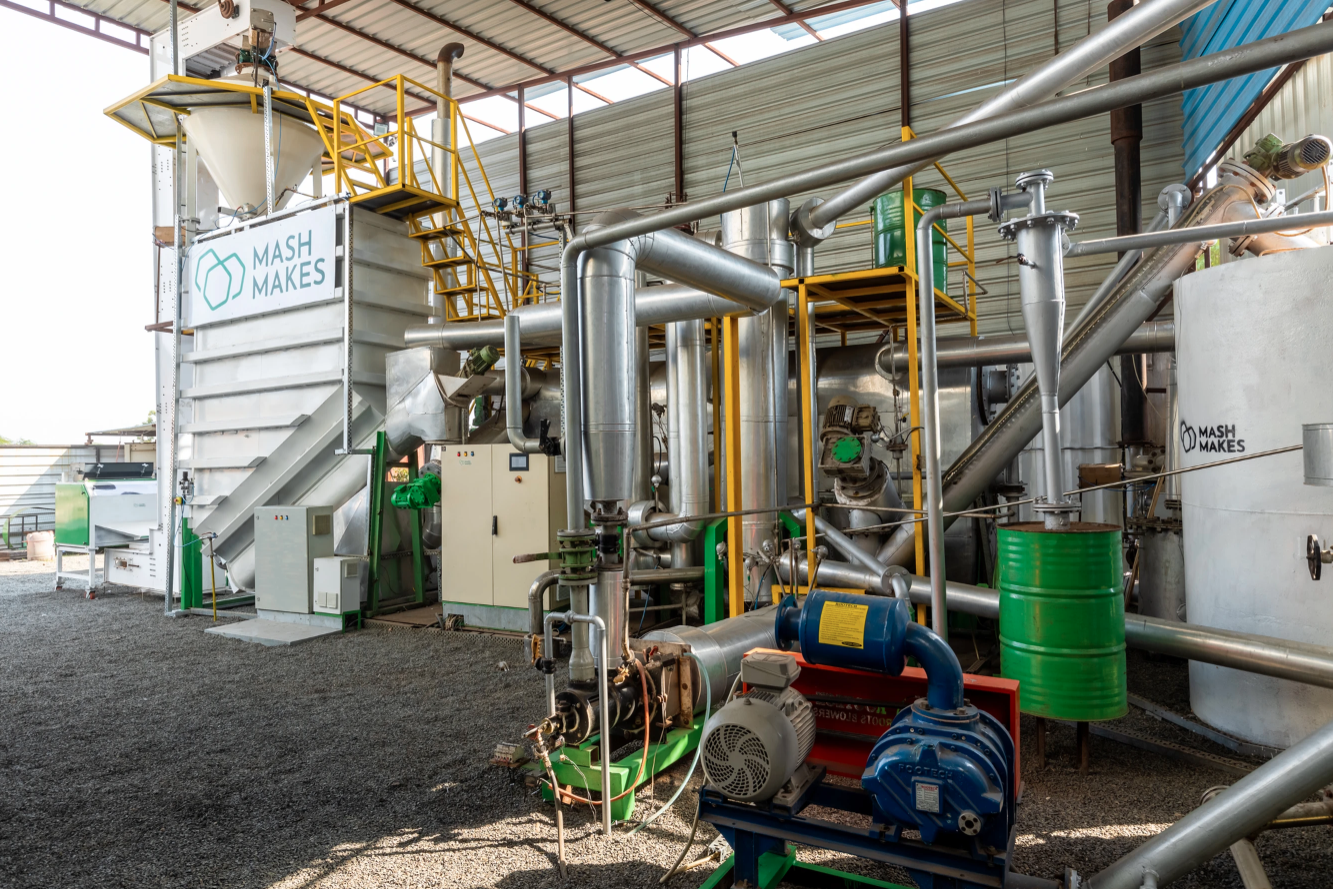

.png)

.png)


.png)
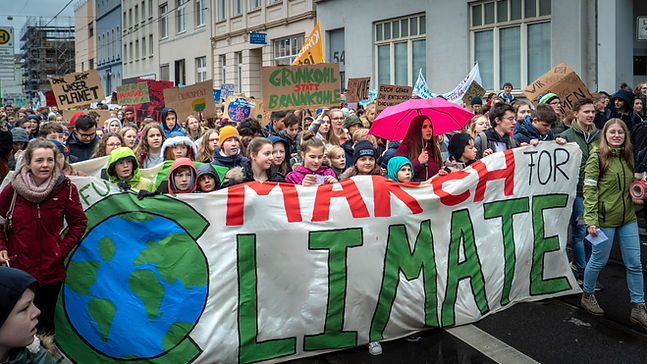
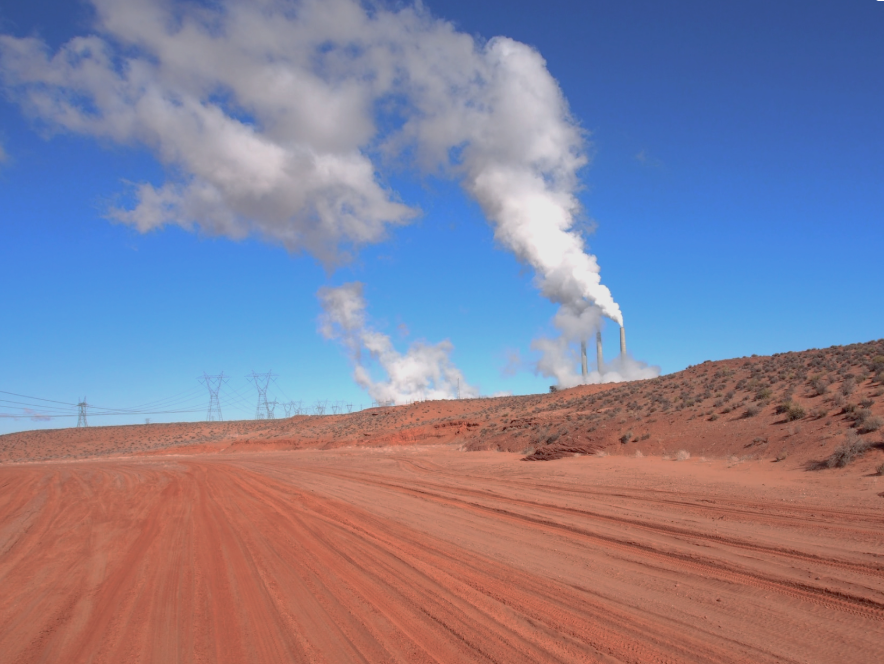
.png)


.png)

.png)


.png)
.png)

.png)


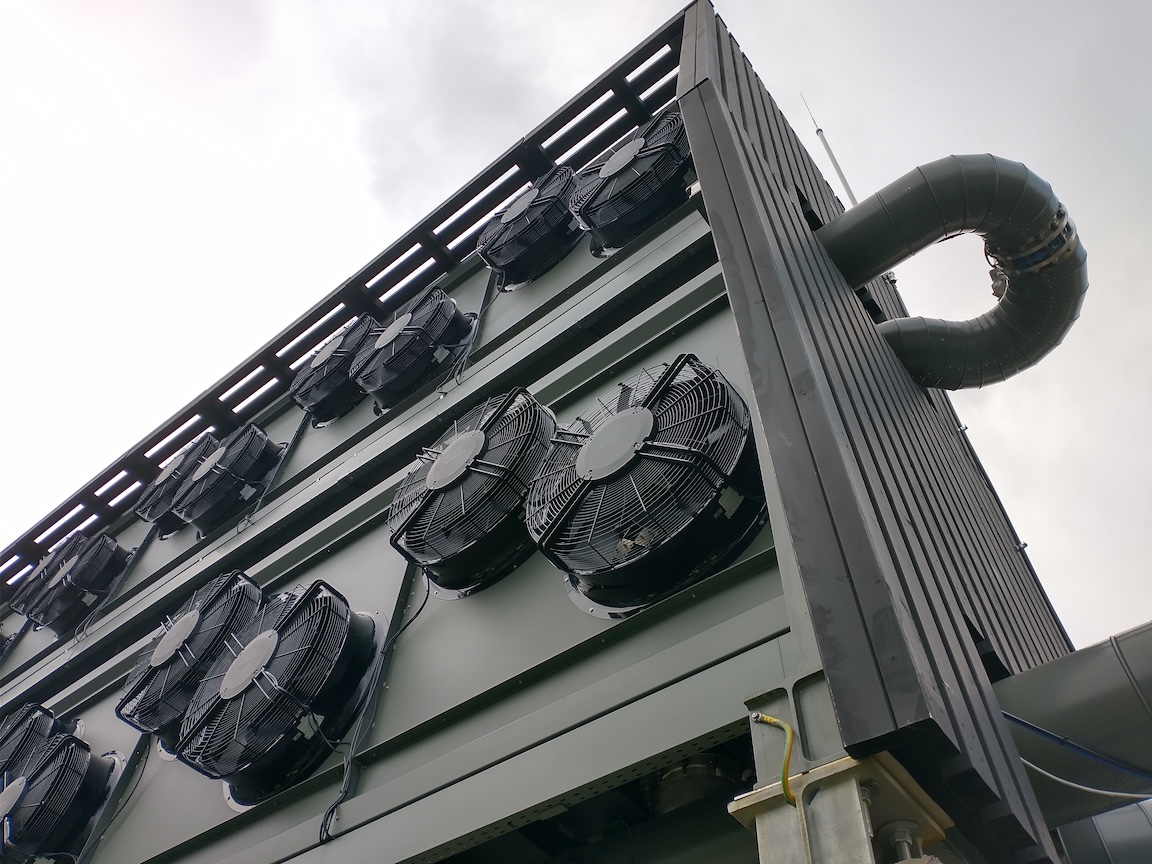
.png)
